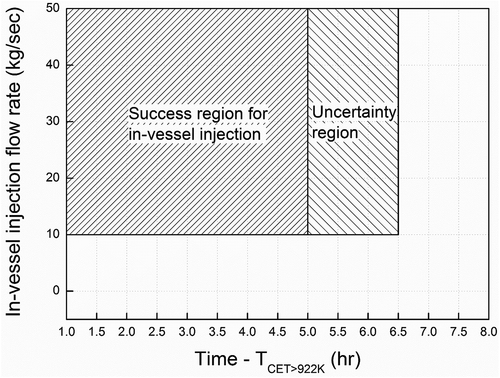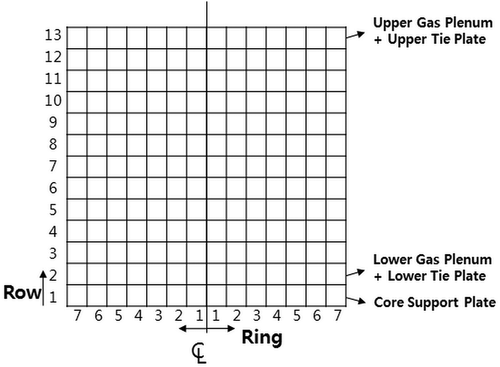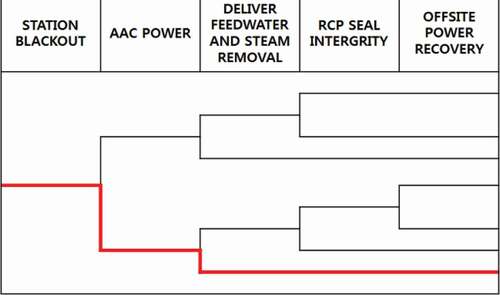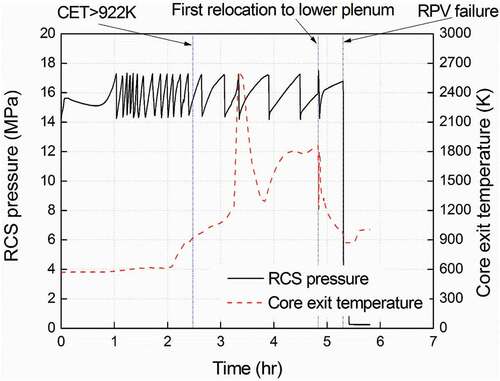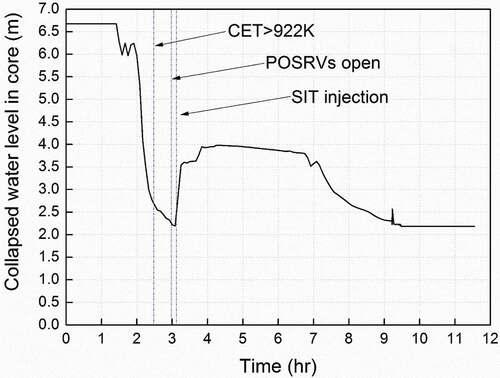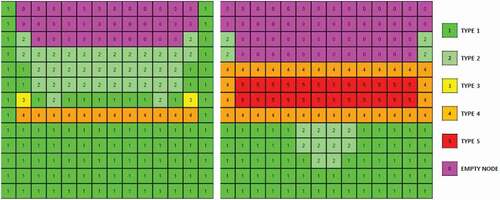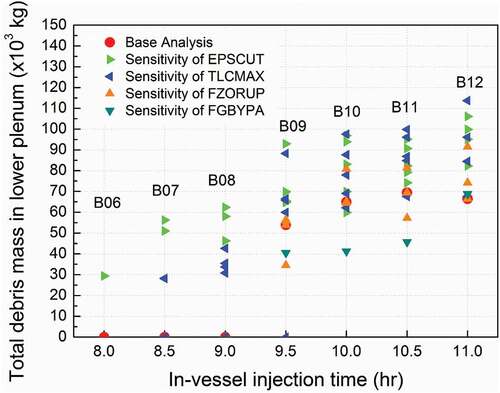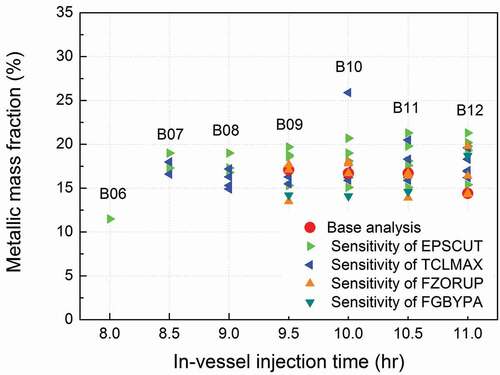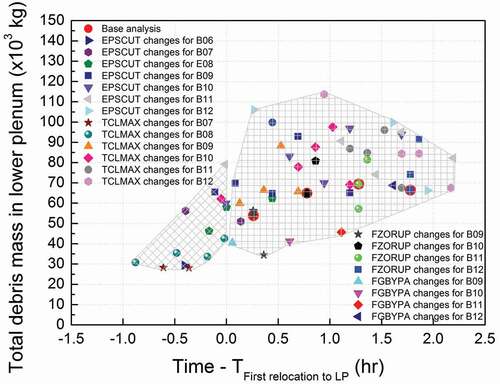Figures & data
Table 1. CDF contribution by initiating events (APR1400) [Citation8]
Figure 4. Types of solid core geometry during melt progression [Citation9].
![Figure 4. Types of solid core geometry during melt progression [Citation9].](/cms/asset/7429de26-8bef-475d-8c84-cfaa2bfc4d1f/tnst_a_1483844_f0004_b.gif)
Figure 5. Breach of side crust of molten pool [Citation9].
![Figure 5. Breach of side crust of molten pool [Citation9].](/cms/asset/75780eef-2be6-4d5a-a8e1-de814f1dddeb/tnst_a_1483844_f0005_b.gif)
Table 2. Analysis results according to depressurization timing
Table 3. Analysis results according to in-vessel injection timing with flow rate of 10 kg/sec
Figure 8. Molten mass in core for cases B01 to B08 (with in-vessel injection before the first relocation to lower plenum).
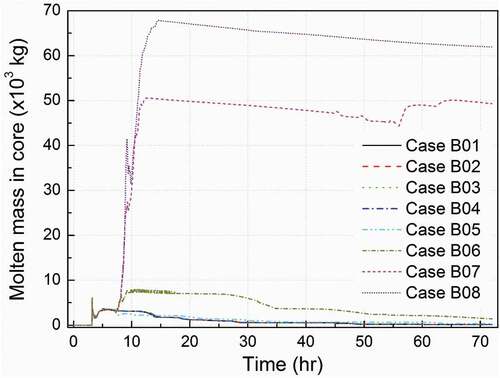
Figure 10. Total debris mass in RPV lower plenum for cases B08 to B11 (in-vessel injection after the first relocation to lower plenum).
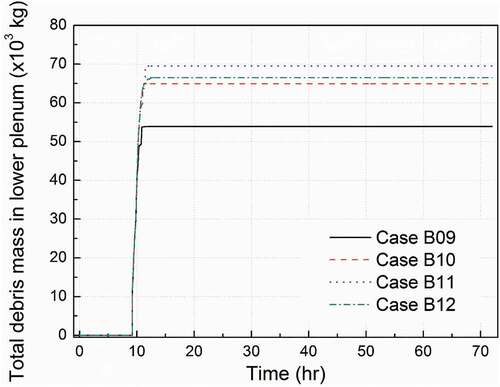
Table 4. Analysis results according to in-vessel injection timing with flow rate of 30 kg/sec
Table 5. Analysis results according to in-vessel injection timing with flow rate of 50 kg/sec
Figure 11. Total debris mass accumulated in lower plenum as a function of timing for different in -vessel injection flow rates.

Figure 13. Success region for in-vessel injection without the first relocation to the RPV lower plenum.
